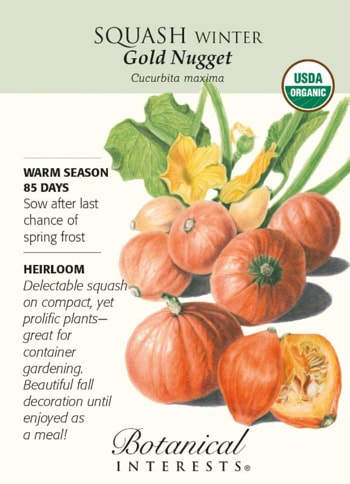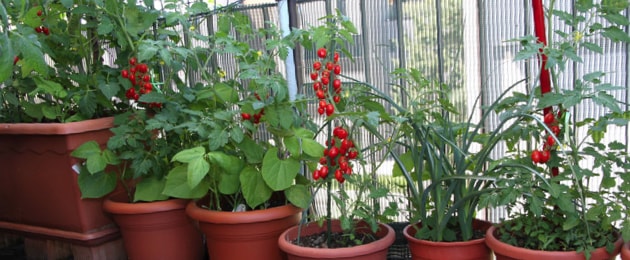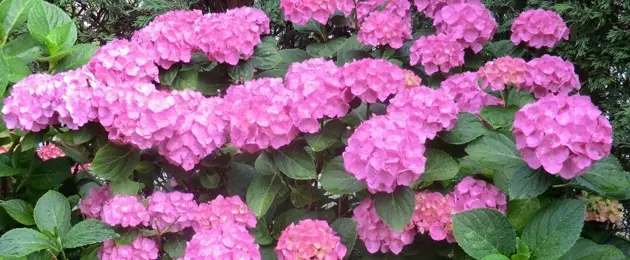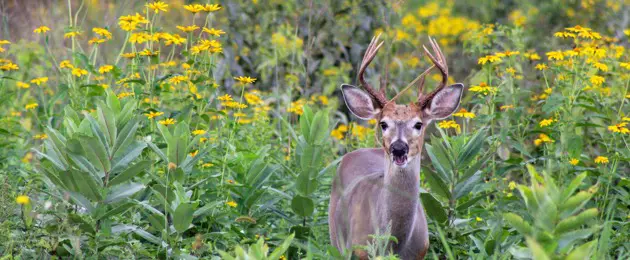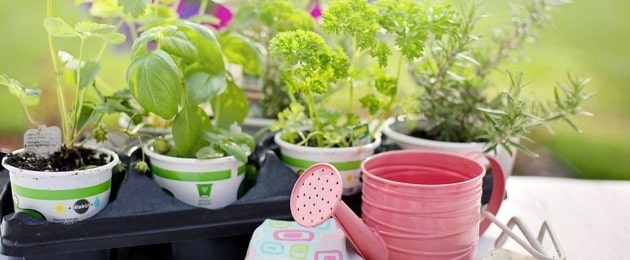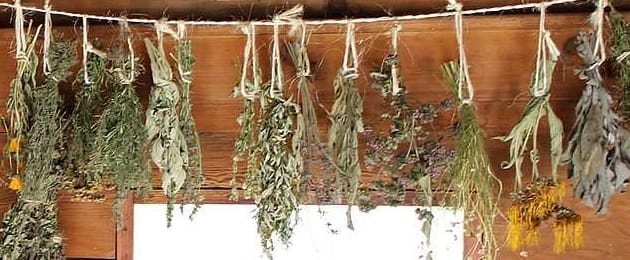Container Gardening in Small Spaces
Are you an avid gardener, but currently short on space? Don’t fret. With a little creativity and the right plants, you can make that small space into your own gardening haven.
Making Use of Small Spaces
When space is at a minimum, the solution is – grow up! Vine plants such as tomatoes, cucumbers, beans, peas, squash, and melons are ideal. By using trellises, cages, or fencing your plants will use that vertical space to grow. It also can increase the airflow to your garden which reduces the chances of fungal diseases – not to mention giving your knees a break along with your back!
Spacing
- Sow for two harvests at once.
- Plants that harvest once like carrots or radishes, sow and thin to half the final suggested spacing.
- Harvest every other plant when they are half grown for baby carrots and beets.
- Sow radishes between rows of plants that mature like carrots. Quick sprouting radishes will not only show where you’ve planted and where you need to water, but they will be harvested before the other is large enough to feel crowded.
- Planting in a staggered triangular shaped pattern is a more efficient use of space than rows or squares.
Start indoors. Many crops can be started by seed indoors and transplanted out shortly after. This can save a month or more of time in the garden bed, leaving room for something else to mature.
Container Gardening
Choosing Soil
The potting soil you choose is very important. If you’re not sure which to use, pick one that is labeled for use in containers. This type of mixture will hold the right amount of water, nutrients, and air and ensure the healthiest possible outcome for your plants. Potting soils that come with slow-release fertilizer or compost added in the mix may save you time and money, so consider this when figuring the final cost.
Container Sizing
When choosing your container plan according to the mature size of the plants you will want to put in it. Make sure there is room to grow. Overcrowding may increase the competition for light and nutrients, cause water stress, and reduce the airflow. Stressed and over-fertilized plants can be susceptible to pest and diseases.
If you are using a large container, but don’t want to waste tons of soil just remember 12″-18″ is plenty deep for most plants. Fill in any extra space below this depth with a turned over a clay or plastic pot in the bottom, or use packing peanuts. This will save on potting soil as well as water – and your container will also end up weighing less.
Water and Fertilizer
Healthy, stress-free plants will stay productive and flower longer. Containers that are really full, very small, or in sunny and windy places will need to be watered more often and morning watering is really the best choice.
Your plants will need regular feeding if your potting soil doesn’t contain fertilizer. Add in a slow-release fertilizer, or feed regularly with a water-soluble fertilizer.
Choosing Plants
Container gardens can accommodate a variety of plants and can even have a decorative look with a little planning. Adding Alyssum for some color and fragrance, also attracts beneficial pollinators and insects. Choosing interesting combinations can create edible color and texture to add beauty to your small container garden.
Resources: BotanicalInterests.com
